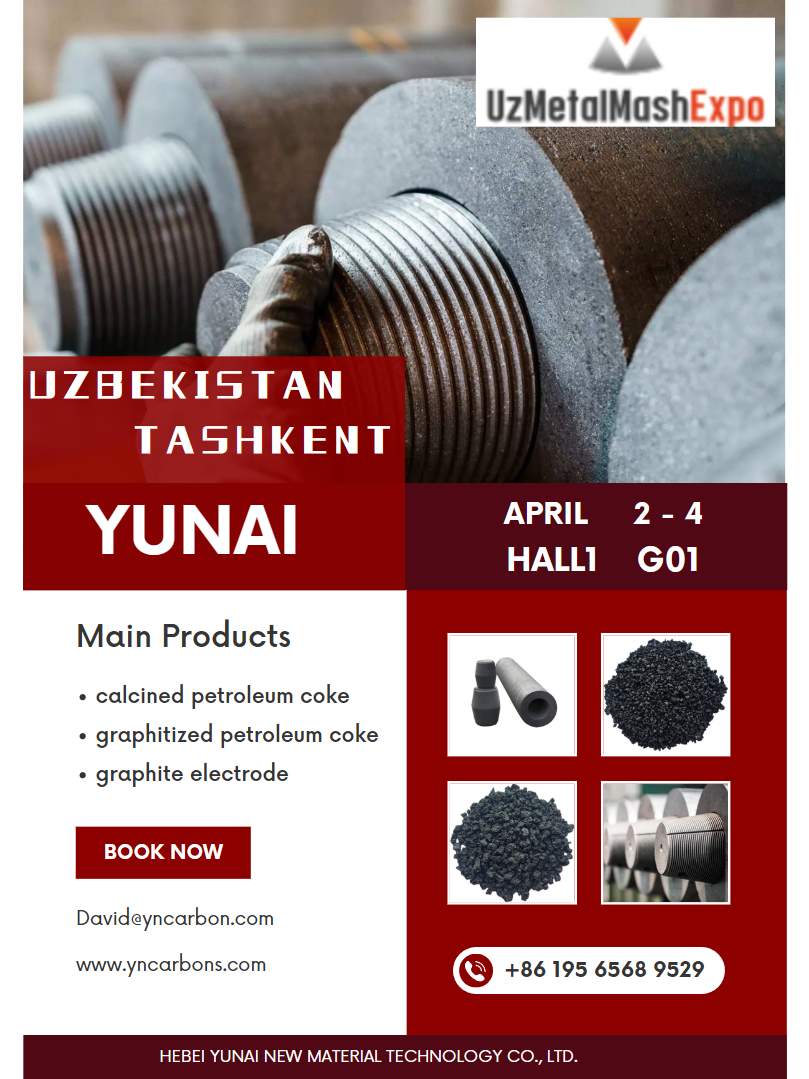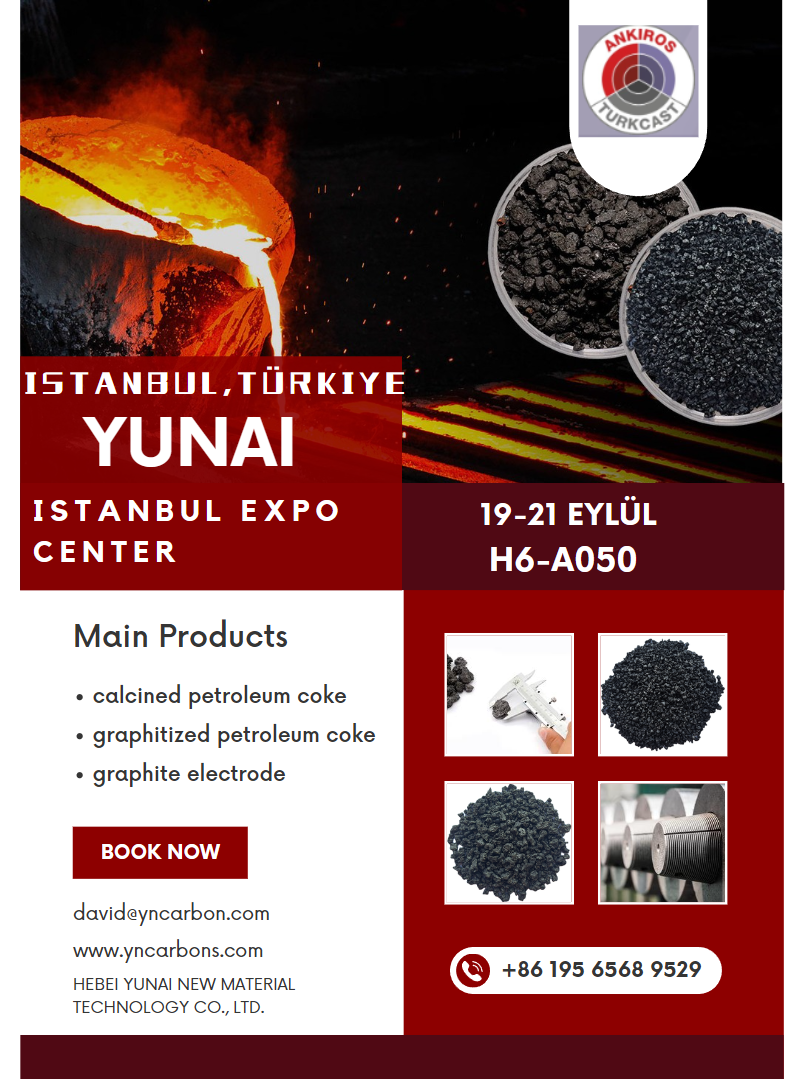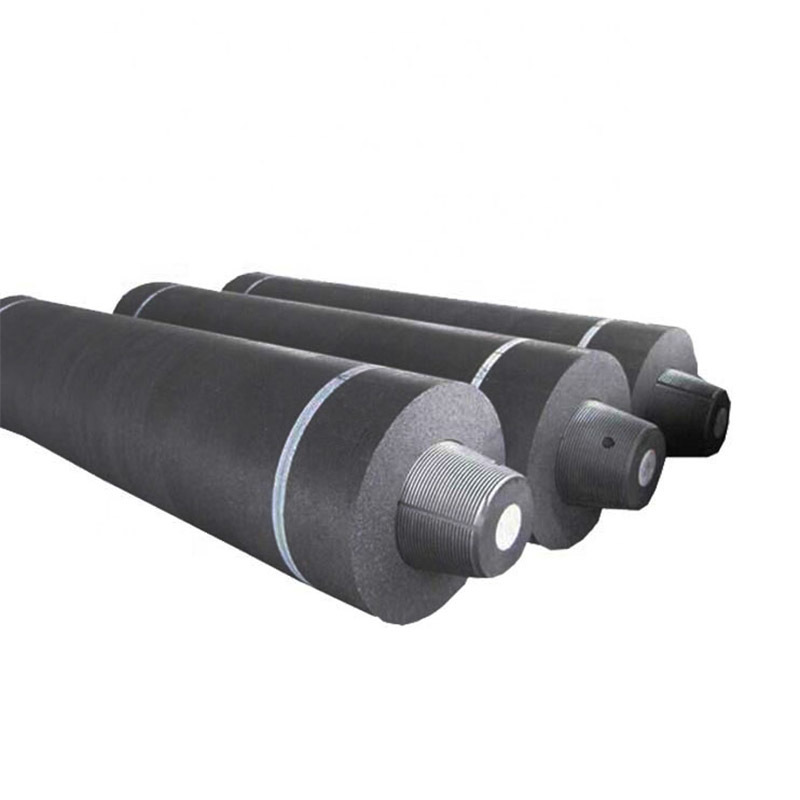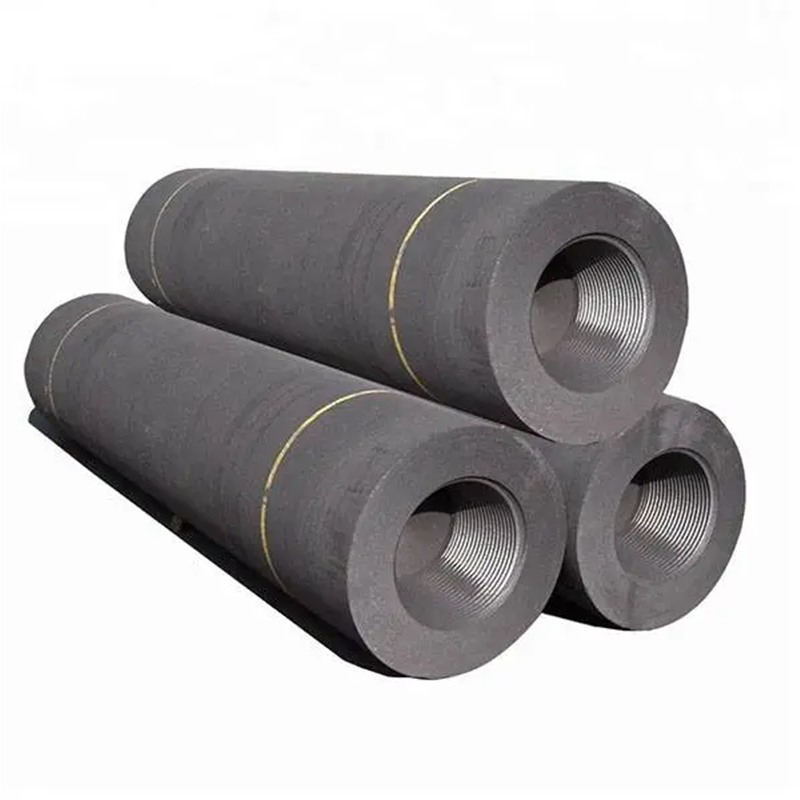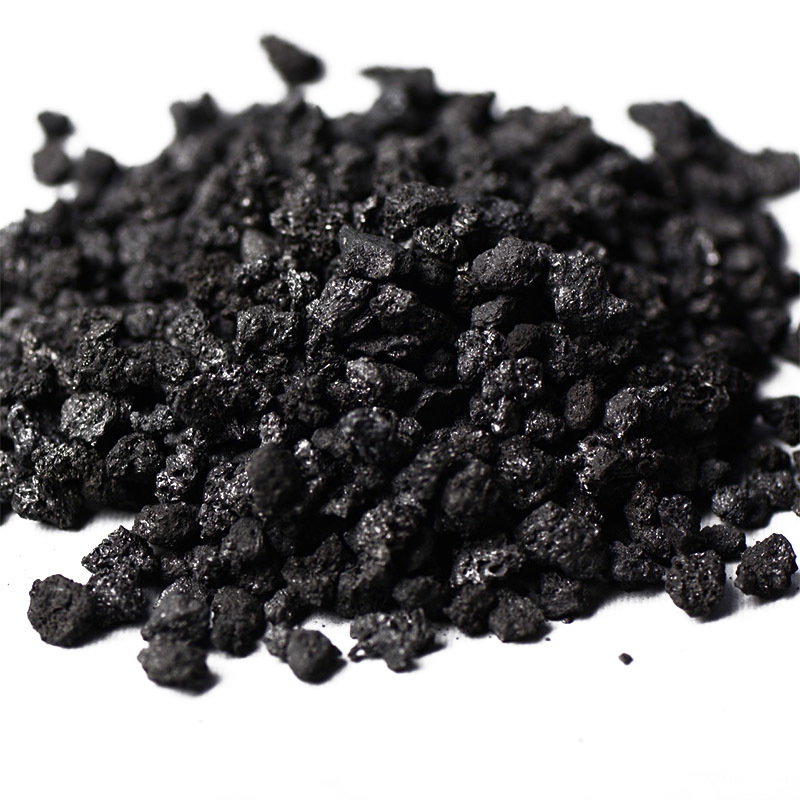Driving Progress: The Impact of EAF Graphite Electrodes on Industry Evolution
Release Time:
Apr 29,2025
Driving Progress: The Impact of EAF Graphite Electrodes on Industry Evolution Table of Contents 1. Introduction to EAF Graphite Electrodes 2. What Are EAF Graphite Electrodes? 3. History and Evolution of Graphite Electrodes in Metal Production 4. Importance of EAF Graphite Electrodes in Modern Industries 5. Environmental Impact and Sustainability 6. Economic Advantages of

Driving Progress: The Impact of EAF Graphite Electrodes on Industry Evolution
Table of Contents
- 1. Introduction to EAF Graphite Electrodes
- 2. What Are EAF Graphite Electrodes?
- 3. History and Evolution of Graphite Electrodes in Metal Production
- 4. Importance of EAF Graphite Electrodes in Modern Industries
- 5. Environmental Impact and Sustainability
- 6. Economic Advantages of EAF Graphite Electrodes
- 7. Future Trends in EAF Graphite Electrodes
- 8. Frequently Asked Questions
- 9. Conclusion
1. Introduction to EAF Graphite Electrodes
Electric Arc Furnace (EAF) graphite electrodes have become a cornerstone of modern metallurgy, playing a crucial role in the production of steel and other metals. As industries strive for efficiency and sustainability, the significance of these electrodes has increased exponentially. By understanding their impact on industry evolution, we can appreciate the profound changes they bring to the metallurgical landscape.
2. What Are EAF Graphite Electrodes?
EAF graphite electrodes are made from high-purity graphite, designed to conduct electricity efficiently while withstanding extreme temperatures during the steel-making process. The primary function of these electrodes is to create an electric arc that melts scrap steel and other metals, facilitating the recycling process. This results in high-quality steel production while minimizing waste, making EAFs a staple in modern metalworking.
The Composition of EAF Graphite Electrodes
The production of EAF graphite electrodes involves the meticulous baking and graphitization of petroleum pitch and other carbonaceous materials. The resulting product boasts impressive electrical conductivity and thermal resistance, making it ideal for high-performance applications.
3. History and Evolution of Graphite Electrodes in Metal Production
The use of graphite electrodes in metallurgy dates back to the early 20th century. Initially, their application was limited, but advancements in technology and increasing demand for steel have driven significant innovations in electrode production.
Key Milestones in Graphite Electrode Development
1. **Early Adoption (1900s)**: The initial use of graphite electrodes for electric arc furnaces emerged, allowing for the efficient melting of materials.
2. **World War II Impact (1940s)**: Increased demand for steel during the war propelled advancements in electrode technology.
3. **Modern Advancements (2000s onwards)**: The introduction of ultra-high power (UHP) electrodes has significantly enhanced melting efficiency and reduced costs.
4. Importance of EAF Graphite Electrodes in Modern Industries
EAF graphite electrodes are integral to the steel-making process, and their importance cannot be overstated. They not only facilitate efficient melting but also contribute to the overall quality of the end product.
Key Applications of EAF Graphite Electrodes
- **Steel Production**: EAFs are widely used in producing high-quality steel from scrap materials, promoting recycling and sustainability.
- **Non-Ferrous Metal Production**: Beyond steel, graphite electrodes are utilized in the production of aluminum, copper, and other non-ferrous metals.
- **Specialty Applications**: Industries requiring high-purity metals, such as aerospace and medical, also rely on EAF graphite electrodes.
5. Environmental Impact and Sustainability
The shift towards EAF technology has notable environmental benefits. Traditional steel-making methods, such as blast furnaces, are energy-intensive and produce significant carbon emissions. In contrast, EAFs powered by renewable energy sources can dramatically reduce the carbon footprint of steel production.
Key Environmental Benefits of EAFs
- **Reduced Carbon Emissions**: EAFs emit fewer greenhouse gases compared to traditional methods.
- **Energy Efficiency**: The ability to utilize scrap materials means less energy is required for production.
- **Waste Reduction**: Recycling scrap metals reduces the need for mining and processing virgin materials, promoting a circular economy.
6. Economic Advantages of EAF Graphite Electrodes
Investing in EAF technology and graphite electrodes offers substantial economic benefits. Companies benefit from reduced operational costs and improved productivity.
Cost-Effectiveness of EAFs
- **Lower Raw Material Costs**: The use of recycled scrap metal reduces reliance on raw materials.
- **Operational Efficiency**: EAFs often require less energy and labor compared to traditional methods, reducing overall costs.
- **Market Adaptability**: The ability to quickly adjust production levels in response to market demand makes EAFs more flexible.
7. Future Trends in EAF Graphite Electrodes
As industries continue to evolve, the future of EAF graphite electrodes looks promising. Innovations in materials science, energy efficiency, and manufacturing processes will shape the next generation of electrodes.
Emerging Technologies and Innovations
- **Advanced Materials**: Research is underway to develop new materials that enhance the performance and longevity of electrodes.
- **Smart Manufacturing**: The integration of digital technologies and automation is expected to streamline production processes, enhancing efficiency.
- **Sustainability Initiatives**: Growing emphasis on sustainability will drive further innovations in recycling and electrode production.
8. Frequently Asked Questions
What are the main benefits of using EAF graphite electrodes?
EAF graphite electrodes offer numerous benefits, including improved energy efficiency, reduced carbon emissions, and enhanced steel quality.
How do EAFs compare to traditional steel-making methods?
EAFs are generally more energy-efficient and environmentally friendly than traditional blast furnaces, using recycled materials and producing fewer emissions.
What industries rely on EAF graphite electrodes?
EAF graphite electrodes are primarily used in steel production but also play a role in non-ferrous metal production and specialty applications.
What advancements are being made in EAF technology?
Recent advancements include the development of ultra-high power electrodes, smart manufacturing technologies, and sustainable practices in electrode production.
How do EAF graphite electrodes contribute to sustainability?
By utilizing scrap metal and reducing energy consumption, EAF graphite electrodes contribute to a more sustainable production process, lowering the overall environmental impact.
9. Conclusion
The evolution of EAF graphite electrodes has significantly impacted the metallurgy and energy industries, driving progress toward a more sustainable and efficient future. As we continue to explore innovative technologies and practices, the potential for EAFs to shape the industry landscape remains immense. Embracing these advancements not only benefits the economy but also fosters a more environmentally responsible approach to metal production. As the demand for high-quality, sustainable steel grows, EAF graphite electrodes will undoubtedly play a pivotal role in meeting these challenges head-on.
Keywords:
More information






